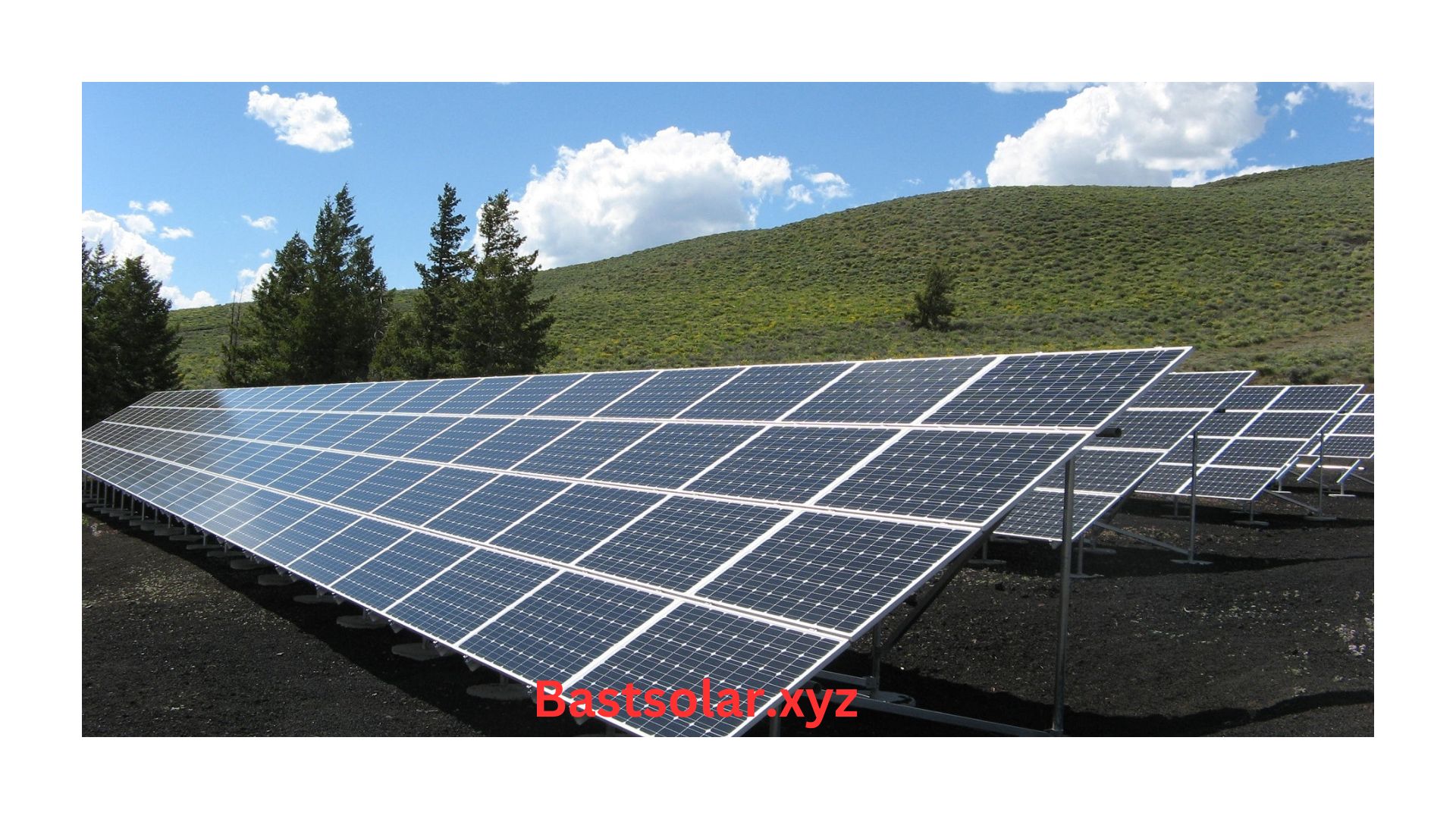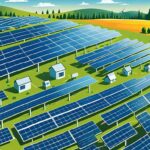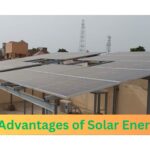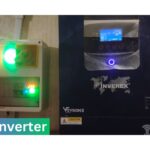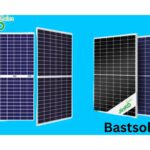In recent years, the demand for renewable energy has skyrocketed, and solar panels have emerged as one of the most efficient solutions. The shift to solar energy not only reduces carbon footprints but also helps consumers save on electricity bills. If you’re considering switching to solar power, this comprehensive guide will explain how solar panels work, their benefits, costs, and installation process.
What are Solar Panels?
Solar panels, also known as photovoltaic (PV) panel, convert sunlight into electricity using solar cells. These cells are made from semiconductor materials, usually silicon, which absorb sunlight and release electrons, creating an electric current. This electricity can ` be used immediately to power appliances or stored in batteries for later use.
Solar technology has advanced significantly over the years. Nowadays, solar panels are more efficient, affordable, and accessible to homeowners and businesses alike. But how exactly does this system benefit you, and what should you consider before installing one?
How Solar Panels Work
Solar panels operate on a simple principle: they capture the sun’s energy and convert it into usable electricity. Here’s a step-by-step breakdown:
Sunlight Absorption: Solar cells in the panels absorb sunlight, exciting electrons in the silicon material.
Energy Conversion: The excited electrons generate direct current (DC) electricity.
Inverter Conversion: An inverter converts DC electricity into alternating current (AC), the Type of power most homes use.
Usage of Storage: The AC electricity is then used to power household appliances, and any excess energy can be stored in a battery system or fed back into the electrical grid.
The process is seamless and allows for energy independence, reducing reliance on fossil fuels and traditional energy sources.
Benefits of Solar Panels:
Cost Savings: One of the most significant advantages of solar panel is the potential for long-term savings on electricity bills. Depending on your energy consumption, location, and the size of your solar panel system, you could significantly reduce or even eliminate your monthly energy costs.
Environmental Impact: Solar panels generate clean, renewable energy, helping reduce your carbon footprint. By switching to solar energy, you’re contributing to the fight against climate change.
Energy Independence: Solar panels can offer energy independence. With solar energy, you can generate your electricity and reduce your reliance on the grid, especially during power outages or times of high demand.
Increased Property Value: Homes with solar panels tend to sell faster and at higher prices. Buyers are increasingly interested in energy-efficient homes, and solar panels are an attractive feature.
Government Incentives: Many countries and states offer tax credits, rebates, and other incentives to encourage the installation of solar panel. These incentives can significantly reduce the upfront costs of a solar system.
Types of Solar Panels:
When considering solar panels for your home or business, it’s important to choose the right type for your needs. There are five main types of panels:
Mono perk Solar Panels: Known for their high performance and excellent design, Mono Perc panels are made from a single, continuous crystal structure.. They are more expensive but deliver the best performance, especially in smaller spaces.
Polycrystalline Solar Panels: These panels are less expensive but slightly less efficient than monocrystalline panels. They are made from multiple silicon crystals and are ideal for larger installations where space isn’t an issue.
Thin-Film Solar Panels: Thin-film panels are lightweight and flexible, making them easier to install on various surfaces. However, they are less efficient than both monocrystalline and polycrystalline panels.
Cost of Solar Panels:
The cost of solar panel has dropped significantly, and may drop further, making solar more affordable than ever. However, the final cost of a solar installation depends on several factors, including:
System Size: Larger systems produce more electricity but cost more to install.
Panel Type: As mentioned earlier, monocrystalline panels are more expensive than polycrystalline or thin-film panels.
Location: Solar incentives, energy costs, and sunlight availability vary by location and can affect the total cost.
Installation: Professional installation costs can also vary, depending on the complexity of the project and your installer’s rates.
On average, homeowners can expect to spend between $10,000 and $20,000 for a solar panel system, with many recouping their investment through savings and incentives within 5 to 10 years.

Solar Panel Installation Process:
Installing solar panel is a multi-step process that involves careful planning and execution. Here’s what you can expect during installation:
Site Assessment: A professional will evaluate your property to determine the best placement for the solar panel, taking into account factors like roof angle, shading, and sunlight exposure.
System Design: Based on the site assessment, your installer will design a custom solar system tailored to your energy needs and property layout.
Permitting and Approvals: Solar installations usually require local permits and utility approvals. Your installer will handle this process, which can take several weeks.
Installation: Once permits are approved, the installation team will install the solar panel, inverter, and electrical connections. This process typically takes 1-3 days, depending on the system’s size.
Inspection and Activation: After solar fitting, a final inspection is carried out to ensure that everything is as planned. After verification, your solar system will be connected to the grid, and you can then start generating solar energy.
Maintenance of Solar Panels:
Solar panel are relatively low maintenance. Routine cleaning to remove dirt, dust, and debris will help maintain their efficiency. Most systems come with warranties that last 20-25 years, ensuring that your panels will continue to generate energy for decades.
FAQs about Solar Panels:
Q: How long do solar panel last?
A: Most solar panels come with a warranty of 20-25 years, but they can continue to produce energy for 30 years or more with proper maintenance.
Q: Can solar panels work on cloudy days?
A: Yes, solar panels can still generate electricity on cloudy days, although their efficiency may be reduced. They perform best in direct sunlight but can still produce power in diffused light conditions.
Q: Do solar panels require a lot of maintenance?
A: Solar panel are low-maintenance. Cleaning them a few times a year and ensuring there are no obstructions like trees or debris blocking the sunlight will keep them running efficiently.
Q: Can I store solar energy for use at night?
A: Yes, with a solar battery storage system, you can store excess energy generated during the day for use at night or during power outages.
Q: How much can I save by switching to solar?
A: The amount you can save depends on your energy consumption, the size of your system, and your location. Many homeowners see savings of 50-90% on their electricity bills.
Conclusion:
Switching to solar panel is a smart investment in both your financial future and the environment. By harnessing the power of the sun, you can enjoy significant savings on your electricity bills, reduce your carbon footprint, and increase the value of your home. With advances in solar technology and increasing government incentives, there’s never been a better time to go solar.
